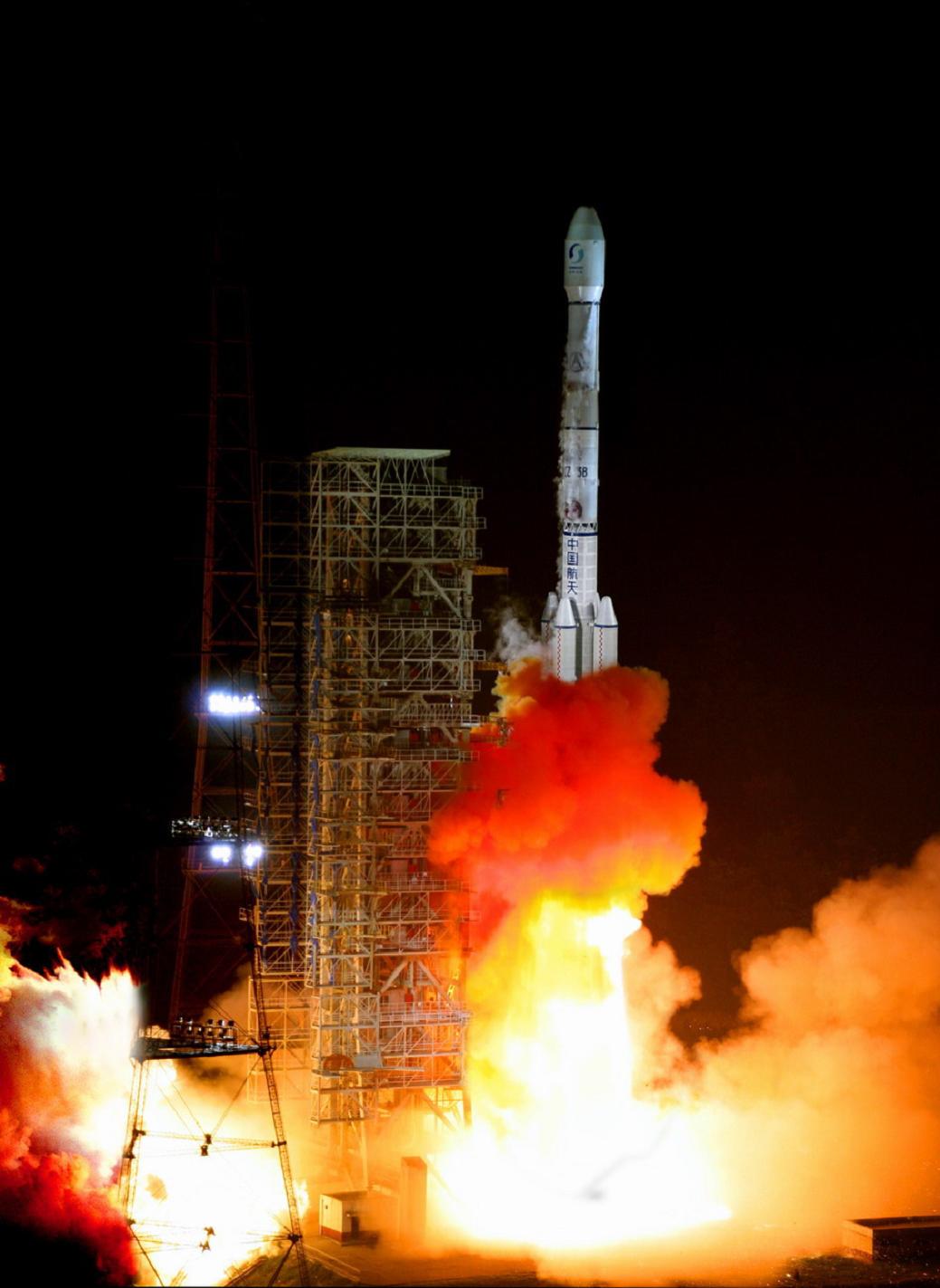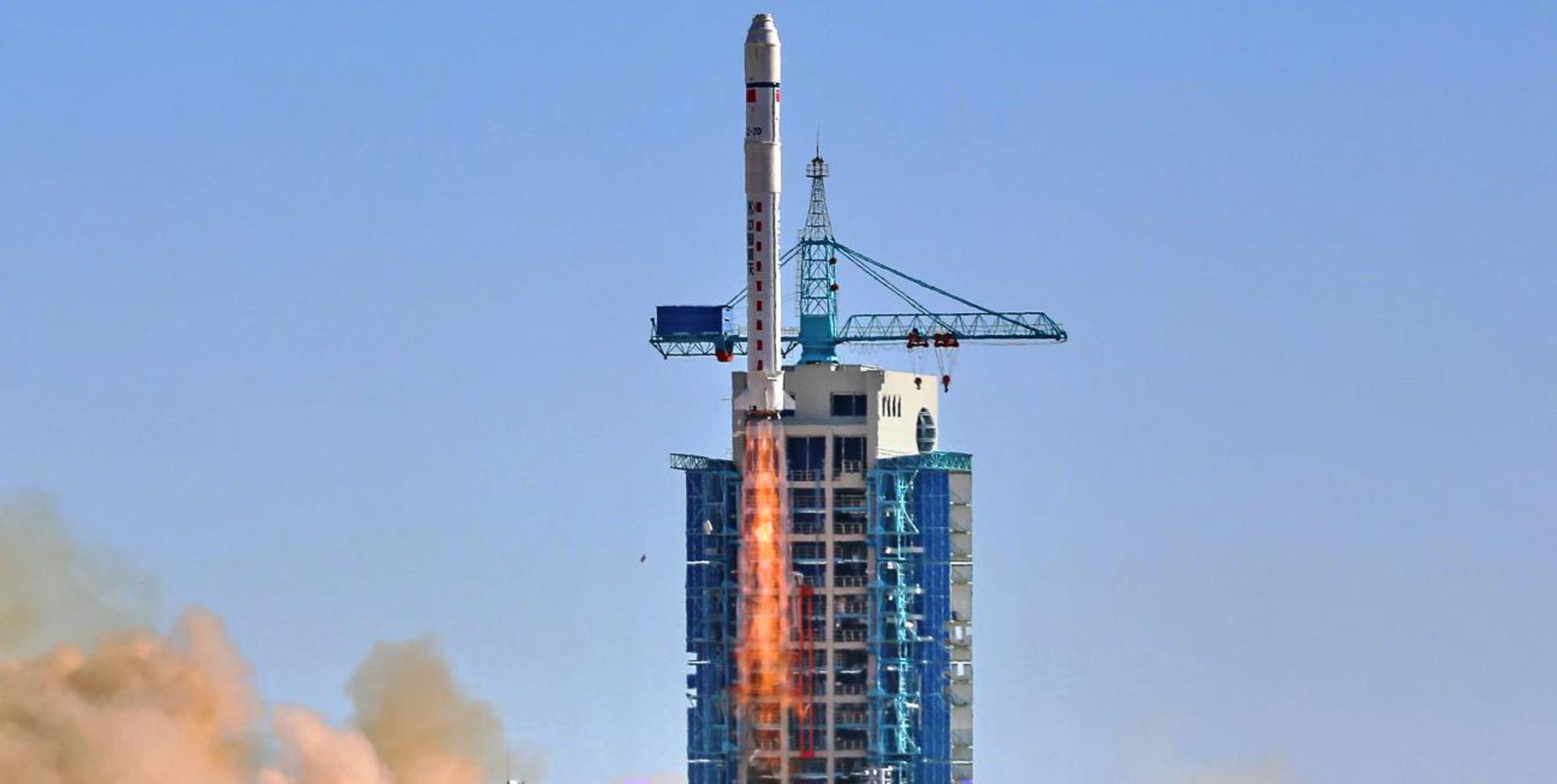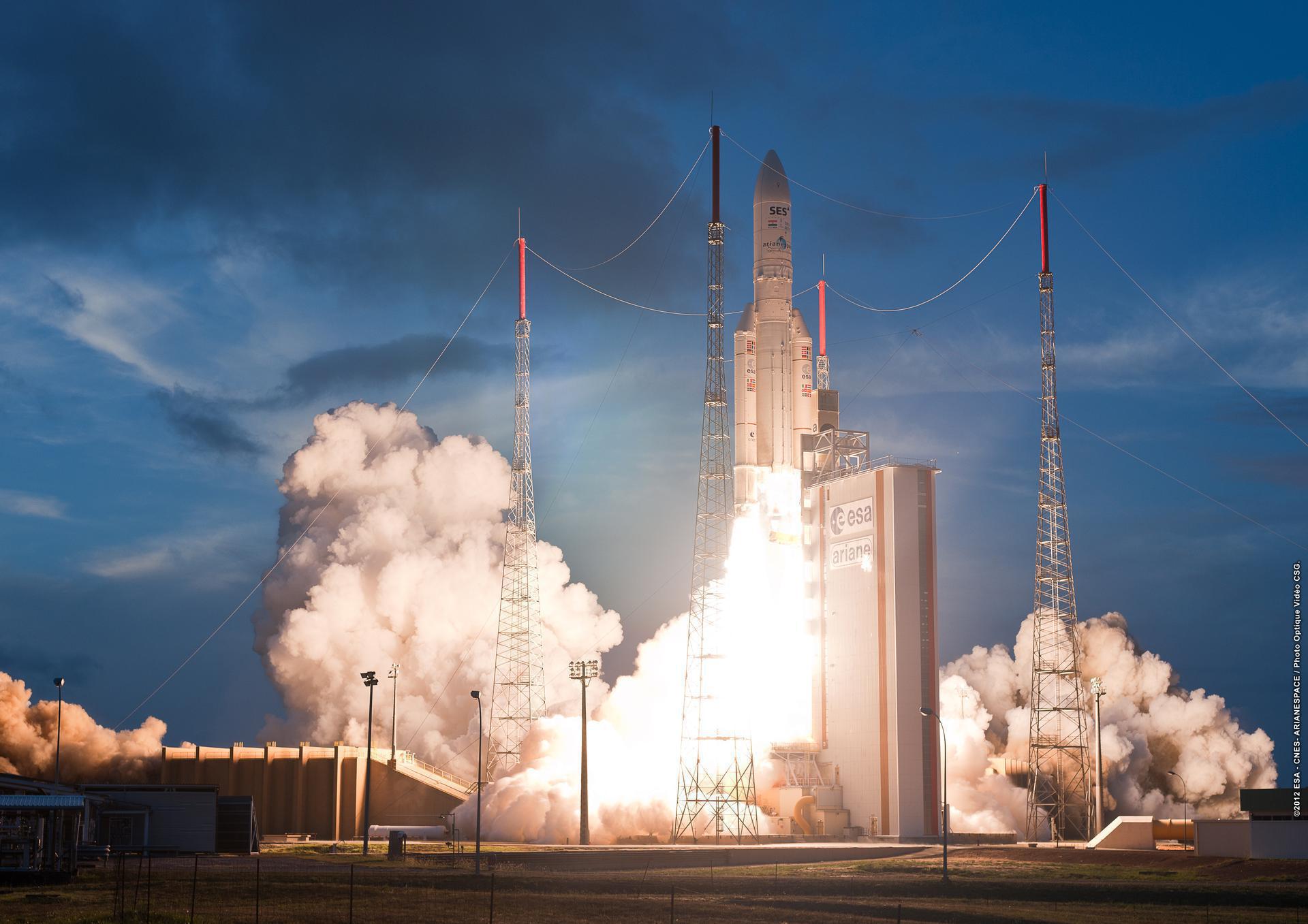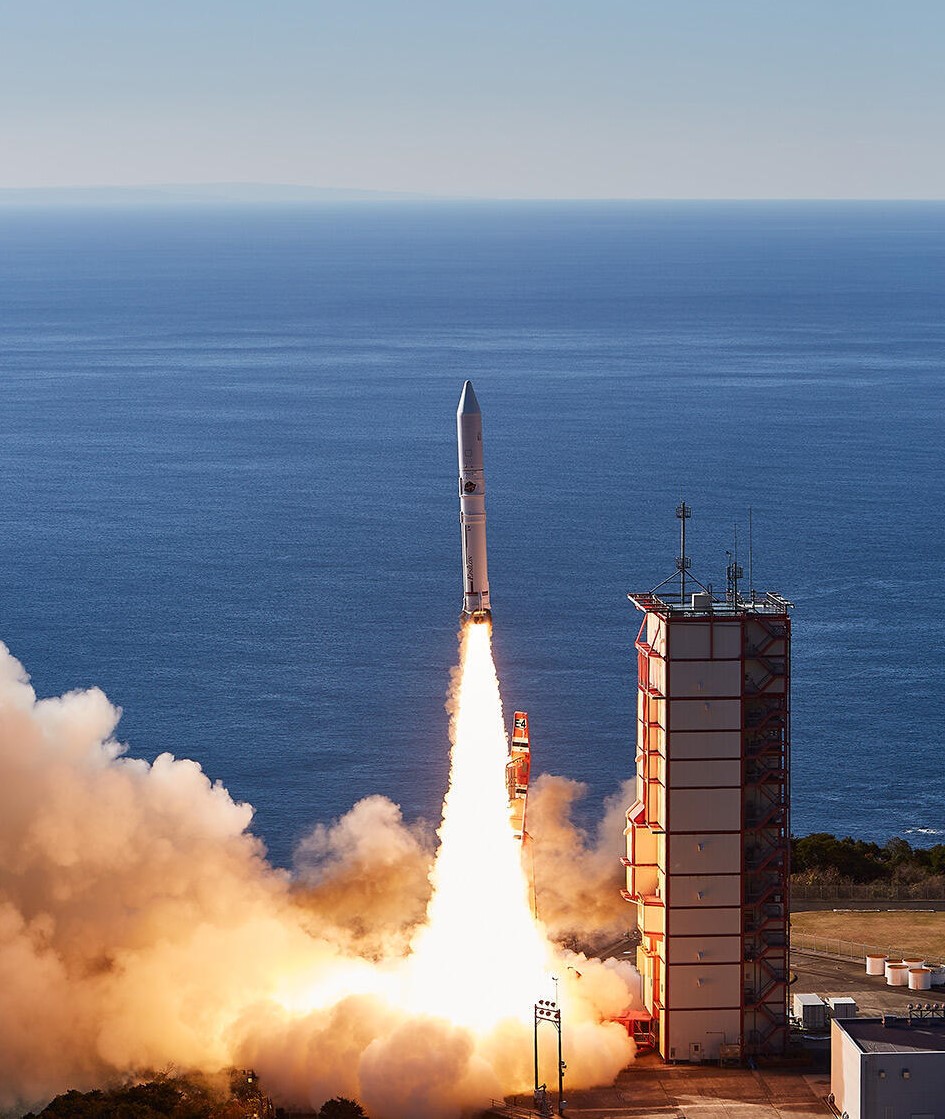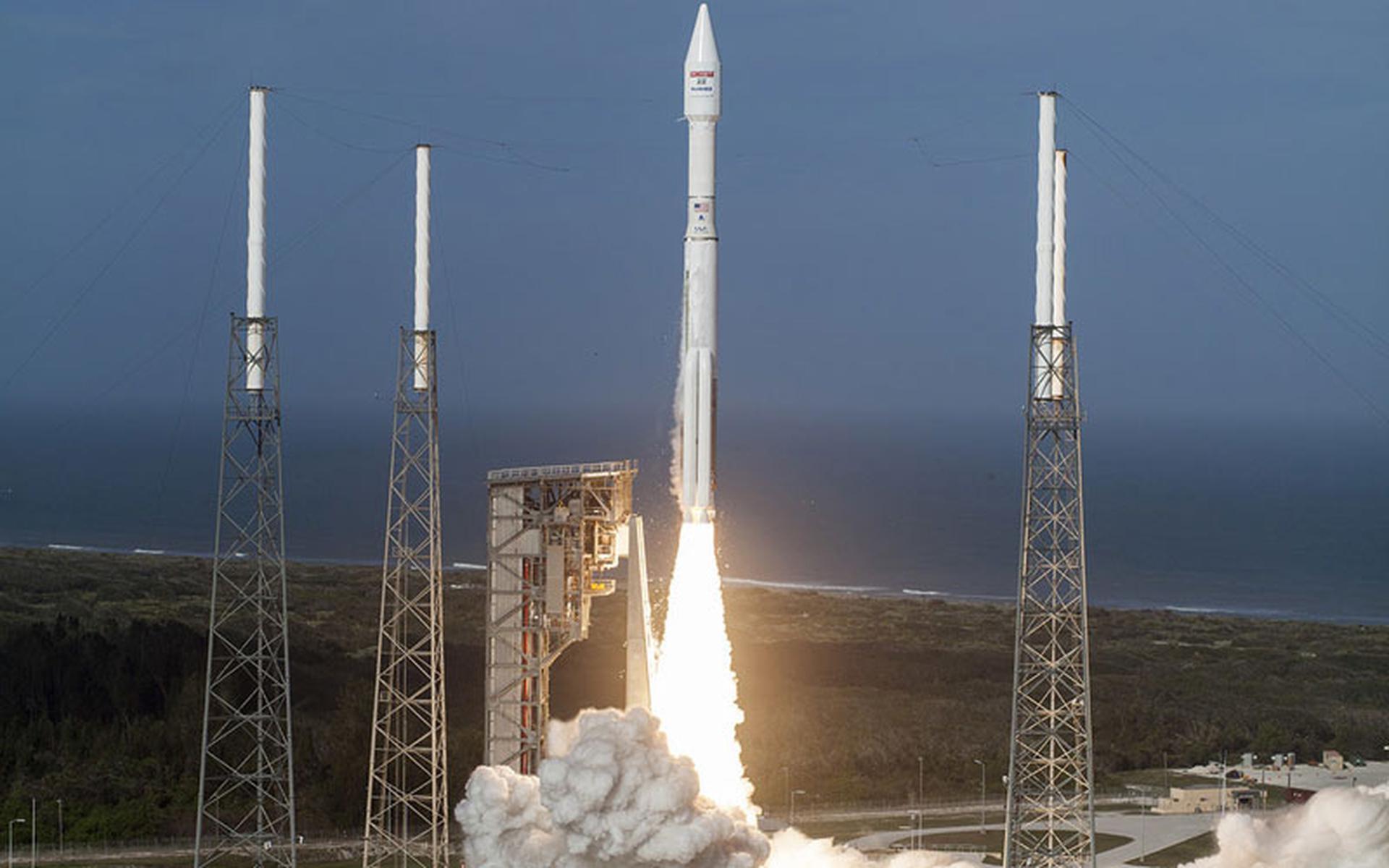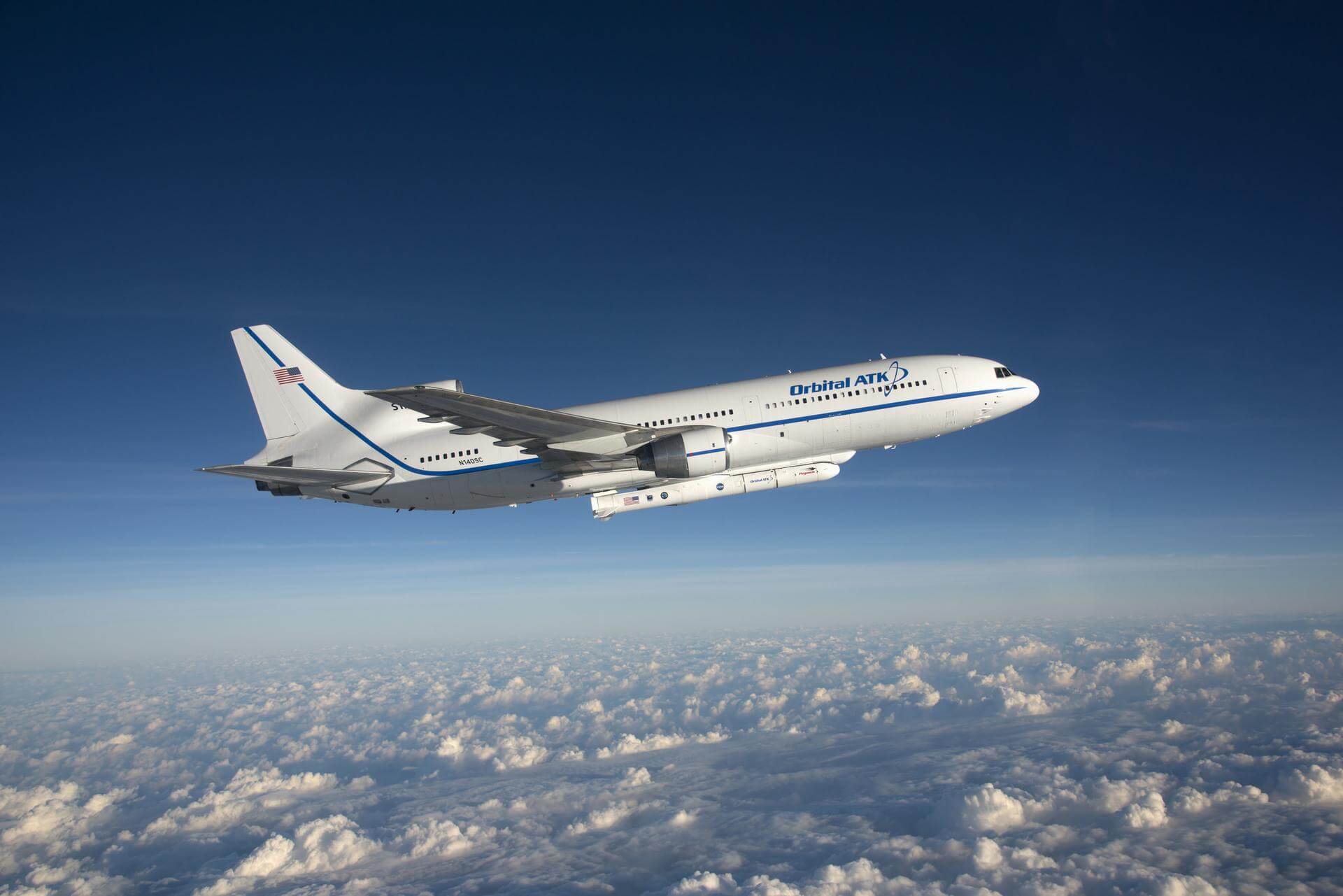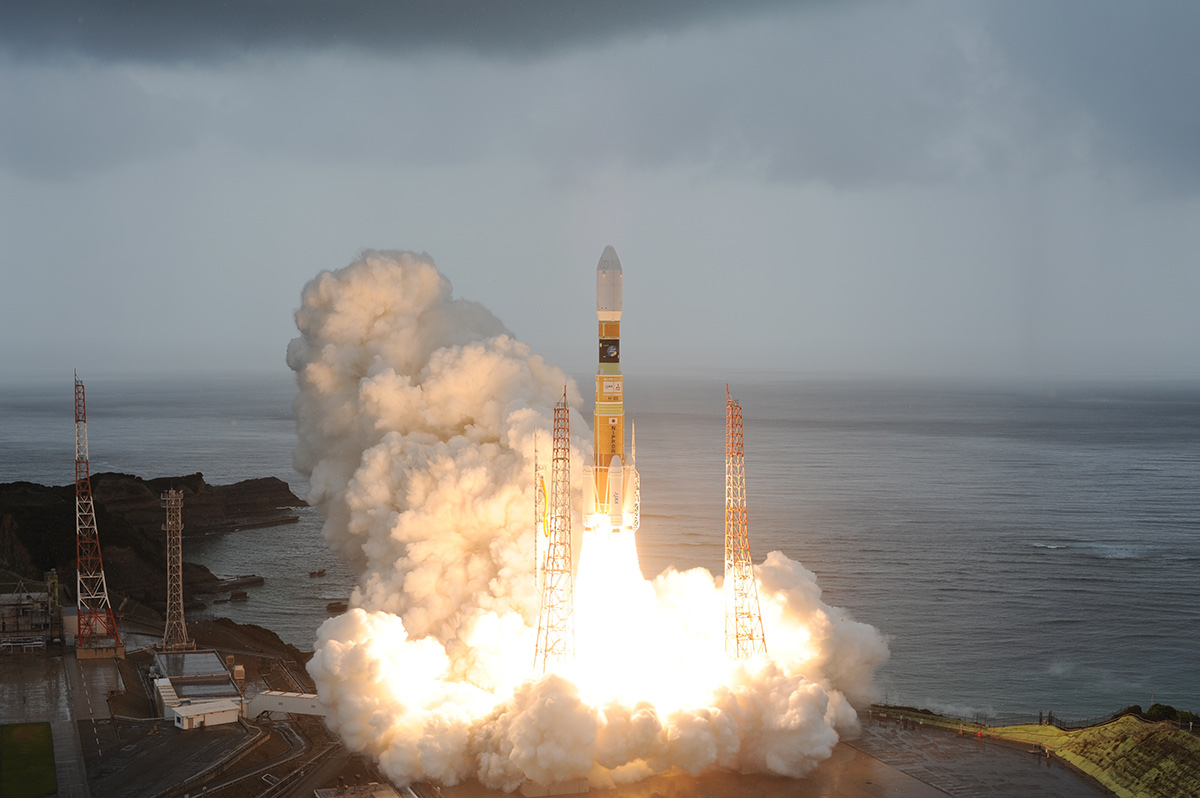Previous Spaceflight Launches
Filter by Agency, Locations or Vehicles
Show All LaunchesLong March 3B | TJS-2 (TJSW-2)
China Aerospace Science and Technology Corporation | ChinaXichang Satellite Launch Center, People's Republic of China
Jan. 5, 2017, 3:18 p.m.
Long March 2D | SuperView-1 (Gaojing 1-01 & Gaojing 1-02)
China Aerospace Science and Technology Corporation | ChinaTaiyuan Satellite Launch Center, People's Republic of China
Dec. 28, 2016, 3:23 a.m.
SpaceShipTwo | VSS Unity GF02
Virgin Galactic | United States of AmericaAir launch to Suborbital flight
Dec. 22, 2016, noon
Ariane 5 ECA | Star One D1 & JCSAT-15
ArianeGroup | FranceGuiana Space Centre, French Guiana
Dec. 21, 2016, 8:30 p.m.
Status: Launch Successful
Mission:
Both are communications satellites. Equipped with C-, Ku-, and Ka-band payloads, Star One D1 will be used for telecommunications, television broadcast, broadband, Internet access, and other services in Brazil and in the Latin American region. JCSAT-15 will operate in Ku-band and is designed with the flexibility to be used for services such as video distribution in Japan, and data transfer communications, maritime and aviation applications in the Indian Ocean Region.
Geostationary Transfer OrbitLong March 2D | Tansat (CarbonSat)
China Aerospace Science and Technology Corporation | ChinaJiuquan Satellite Launch Center, People's Republic of China
Dec. 21, 2016, 7:22 p.m.
Status: Launch Successful
Mission:
Tansat is a global CO2 (Carbon Dioxide) monitoring scientific experiment satellite and demonstration mission. The main components of the project are: The global carbon dioxide monitoring platform. A high spectral and spatial resolution CO2 detector. A multispectral cloud and aerosol detector. And a ground data processing and inversion CO2 verification system.
Low Earth OrbitEpsilon | ERG (ARASE)
Japan Aerospace Exploration Agency | JapanUchinoura Space Center, Japan
Dec. 20, 2016, 11 a.m.
Status: Launch Successful
Mission:
The ERG  (Exploration of energization and Radiation in Geospace) project is a mission to study the Van Allen belts. The task is to elucidate how highly charged electrons are born while they generate and vanish repeatedly along with space storms caused by the disturbance of solar wind, influenced by space storms, and how space storms are developed.
Elliptical OrbitAtlas V 431 | Echostar 19 (Jupiter-2)
United Launch Alliance | United States of AmericaCape Canaveral SFS, FL, USA
Dec. 18, 2016, 7:13 p.m.
Status: Launch Successful
Mission:
Echostar-19, also known as Jupiter-2, is a world’s highest capacity broadband satellite that will help meet the growing demand for HughesNet high-speed satellite internet service in North America. The satellite is designed to provide service for 15 years or more.
Geostationary Transfer OrbitPegasus XL | 8 x CYGNSS
Orbital Sciences Corporation | United States of AmericaAir launch to orbit
Dec. 15, 2016, 1:37 p.m.
Status: Launch Successful
Mission:
CYGNSS or Cyclone Global Navigation Satellite System is a NASA developed system to improve hurricane forecasting. It is a constellation of 8 small observation satellites, 27.5 kg each, that will make accurate measurements of ocean surface winds in and near the eye of the storm throughout the lifecycle of tropical cyclones, typhoons & hurricanes.
Low Earth OrbitLong March 3B | Fengyun-4A
China Aerospace Science and Technology Corporation | ChinaXichang Satellite Launch Center, People's Republic of China
Dec. 10, 2016, 4:11 p.m.
Status: Launch Successful
Mission:
Fengyun-4A (also known as FY-4A) is the first unit of the improved meteorological satellites series. Besides its main meteorological mission, it is also capable of solar observations for better space weather monitoring capabilites. The satellite is expected to operate for 5 years.
Geostationary Transfer OrbitH-IIB 304 | Kounotori 6 (HTV-6)
Mitsubishi Heavy Industries | JapanTanegashima Space Center, Japan
Dec. 9, 2016, 1:26 p.m.
Status: Launch Successful
Mission:
This is the sixth flight of an uncrewed cargo spacecraft to International Space Station. It will bring the replacement for the batteries used on the Station to store electricity generated by solar panels, as well as 600 liters of potable water.
Low Earth Orbit